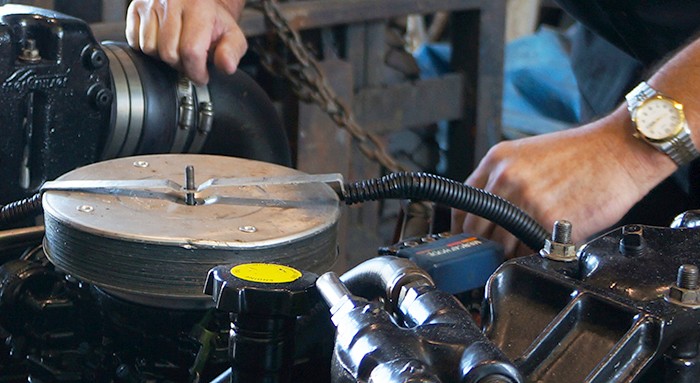
How to Choose parts for your car
>>> Please note >>> This article contains affiliate links (learn more about this in our Disclosure section
How to Choose Parts for Your Car
Selecting the right parts for your car can be overwhelming, especially with the thousands of options available online and in stores. Whether you are upgrading performance, replacing worn components, or customizing your vehicle, making informed choices is crucial to ensure safety, reliability, and the best results for your specific car.
1. Know Your Vehicle
Before buying any part, it’s essential to know your car’s make, model, year, and engine type. Different trims and engine configurations can require different components, and buying the wrong part can lead to installation issues or even damage. Always check your owner’s manual or vehicle identification number (VIN) to confirm compatibility.
2. Determine Your Goals
Are you looking for performance upgrades, aesthetic enhancements, or simple replacements? Your goal will dictate which parts to prioritize. For performance, you might focus on intake systems, exhaust upgrades, or suspension components. For longevity or maintenance, brake pads, filters, and fluids might be your focus. Knowing your objectives helps narrow down choices and avoid unnecessary purchases.
3. Research Brands and Quality
Not all parts are created equal. Look for reputable brands with proven track records for your specific vehicle type. Reading reviews, consulting forums, and seeking advice from professionals can provide insight into the performance, durability, and fitment of the part. While cheaper alternatives may seem appealing, low-quality components can fail prematurely or void warranties.
4. Verify Compatibility and Specifications
Even if a part is designed for your car model, verify its exact specifications. Dimensions, materials, and connection points can differ between model years. Manufacturers often provide detailed fitment guides, and most online retailers allow you to check compatibility using your VIN. Taking the time to confirm ensures a smooth installation and optimal performance.
5. Consider Professional Installation
Some parts can be installed easily at home, while others require specialized tools and expertise. If you are unsure, consider professional installation. A proper installation ensures safety and preserves warranties. Mechanics and specialty shops can also provide guidance on parts selection tailored to your car and driving needs.
6. Budget Wisely
Car parts can range from affordable to expensive, so plan your budget carefully. Keep in mind the total cost, including installation, shipping, and any necessary additional components. Sometimes investing a little more in high-quality parts saves money in the long run by reducing maintenance and replacement frequency.
In conclusion, choosing the right parts for your car requires knowledge, research, and planning. Understand your vehicle, define your goals, prioritize quality, check compatibility, and consider professional help when needed. By following these steps, you can ensure that each upgrade or replacement improves your car’s performance, safety, and longevity.
